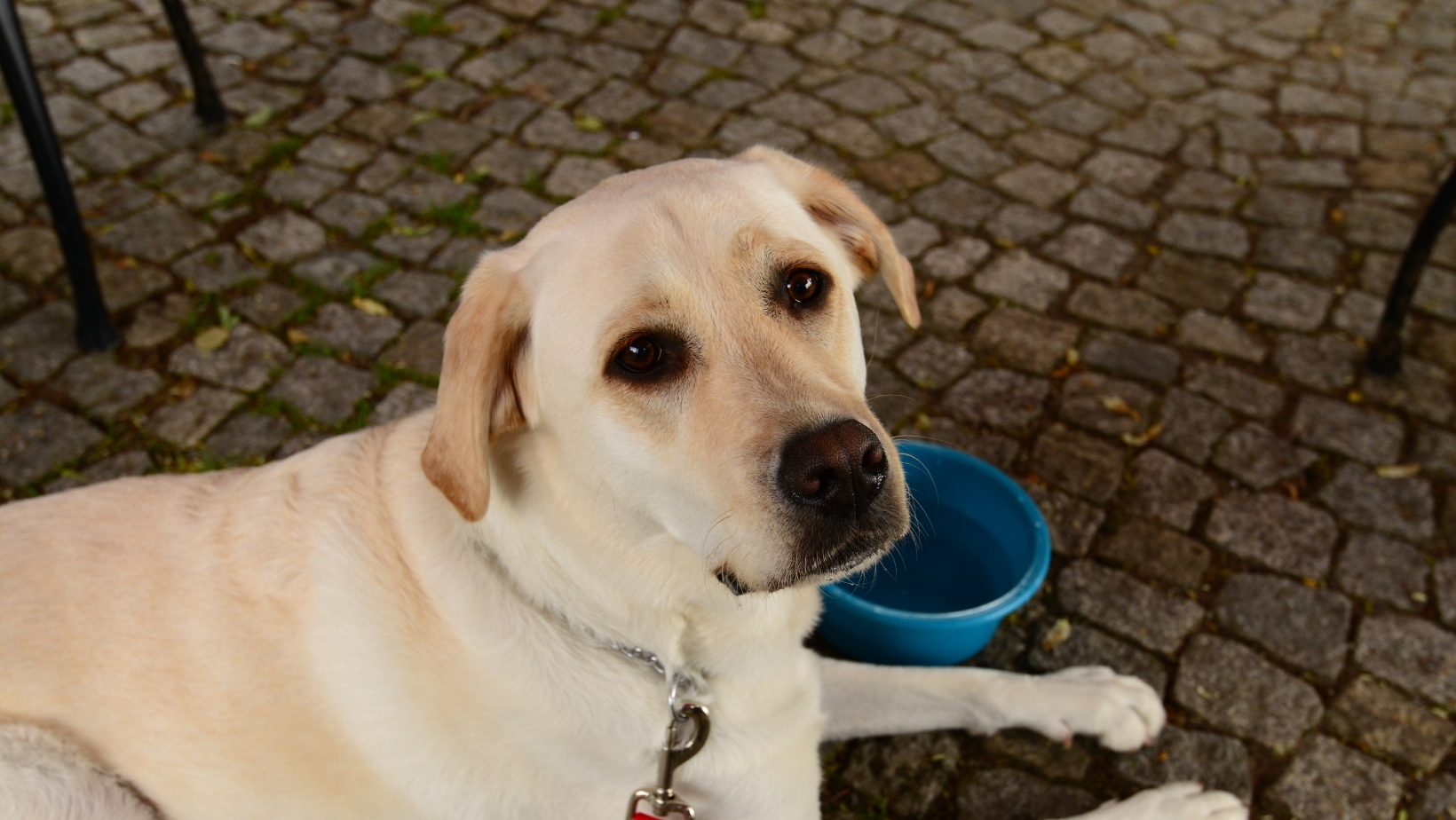Are you struggling with leash training your energetic Labrador who constantly pulls during walks? If so, I’ve got some helpful tips to make your walking experience more enjoyable for both you and your furry friend. Leash training is essential for the safety and well-being of your dog, as well as for maintaining control in various situations.
Firstly, it’s important to choose the right type of leash and collar or harness for your Labrador. Opt for a sturdy and comfortable harness that fits properly without restricting their movement. This will help distribute the pulling force across their chest, reducing strain on their neck.
Next, start by teaching your Labrador basic obedience commands such as “sit,” “stay,” and “heel.” These commands will not only establish you as the leader but also create a foundation for leash training. Practice these commands in a calm and controlled environment before moving on to outdoor distractions.
So don’t get discouraged! Leash training is definitely achievable with some effort and persistence. Get ready to enjoy peaceful walks with your beloved Labrador while strengthening the bond between you two.
How to Leash Train a Dog That Pulls
Leash pulling can be a frustrating behavior for dog owners, but it’s important to understand why our furry friends engage in this behavior. In order to effectively leash train a dog that pulls, we must first delve into the reasons behind their pulling tendencies.
- Instinctual Behavior: Dogs are natural explorers and have an inherent desire to investigate their surroundings. When they feel restrained by a leash, some dogs may instinctively try to move forward or explore at their own pace. This is particularly true for active breeds like Labradors who have bundles of energy and love to explore everything around them.
- Lack of Training: Pulling on the leash can also be attributed to a lack of proper training. If dogs haven’t been taught how to walk calmly on a leash from an early age, they may resort to pulling as a means of gaining control or satisfying their curiosity about the environment.
- Excitement and Distractions: Dogs are easily excitable creatures, and when faced with stimulating environments such as parks or busy streets, they can become overwhelmed with excitement. In these situations, dogs might pull on the leash in an attempt to reach something that has caught their attention – whether it’s another dog, a squirrel scampering up a tree, or even just an intriguing smell.
- Reinforcement of Behavior: It’s essential to recognize that inadvertently reinforcing pulling behavior can contribute to its persistence. For instance, if your dog pulls on the leash and you allow them to reach what they’re after (e.g., letting them say hello to another dog), they learn that pulling gets them what they want. This positive reinforcement encourages them to repeat the behavior in future walks.
Understanding these reasons behind a dog’s tendency to pull on the leash is vital in developing effective strategies for leash training. In the next section, we’ll explore practical techniques and tips to help curb this behavior and create enjoyable walks for both you and your furry companion.

Choosing the Right Equipment for Leash Training
When it comes to leash training a dog that pulls, selecting the right equipment is crucial. As an expert in dog training, I’ve found that using the proper gear can greatly enhance your success in teaching your Labrador (or any other breed) to walk politely on a leash. Here are some key factors to consider when choosing the equipment for leash training:
- Harnesses: Opting for a harness instead of a collar can provide better control and reduce strain on your dog’s neck. Look for a front-clip harness that discourages pulling by redirecting their forward motion towards you.
- Martingale Collars: If you prefer using a collar, consider trying out a martingale collar. These collars have an adjustable loop design that tightens slightly when your dog pulls, preventing them from slipping out while still remaining comfortable.
- Retractable Leashes: Although popular, retractable leashes can be counterproductive when leash training a dog that pulls. The extended length allows them too much freedom and reinforces pulling behavior. It’s best to start with a standard 6-foot fixed-length leash until they learn proper walking manners.
- Treat Pouches or Clickers: While not directly related to equipment, having treats readily available in a pouch or using clicker training can be invaluable during leash training sessions as positive reinforcement tools.
By selecting appropriate gear like harnesses or martingale collars and avoiding retractable leashes during leash training sessions, you’ll set yourself up for success in teaching your energetic Labrador (or any other breed) good walking habits without putting unnecessary strain on their necks or compromising their safety.